"Cloud onramp" refers to solutions and services that facilitate and simplify the process of connecting enterprise networks, data centers, or branch locations to cloud services. The term "onramp" is used metaphorically, similar to how an onramp provides access to a highway; a cloud onramp offers a smoother and more efficient path to the cloud.
There are several key aspects and benefits of cloud onramps:
- Seamless Connectivity: They provide a direct and often optimized connection from an organization's infrastructure to cloud service providers. This can enhance performance and reliability compared to routing traffic over the public internet.
- Enhanced Security: By utilizing dedicated connections, cloud onramps can improve security, reducing the risk of data being intercepted or compromised.
- Improved Performance: Cloud onramps often involve optimized routes or dedicated bandwidth, which can reduce latency and improve data transfer speeds.
- Integration and Interoperability: Many cloud onramp solutions ensure seamless integration between enterprise infrastructure and cloud services, facilitating hybrid cloud and multi-cloud deployments.
- Centralized Management: These solutions can provide centralized tools or dashboards for monitoring and managing connectivity, bandwidth, and performance.
Major cloud providers like AWS, Azure, and Google Cloud offer their versions of cloud onramp solutions, such as AWS Direct Connect, Azure ExpressRoute, and Google Cloud Interconnect. Additionally, various third-party vendors offer cloud onramp solutions designed to enhance and simplify the process of connecting to multiple cloud environments.
In summary, cloud onramps are pivotal in bridging the gap between traditional enterprise networks and the cloud, ensuring efficient, secure, and high-performance connectivity.




